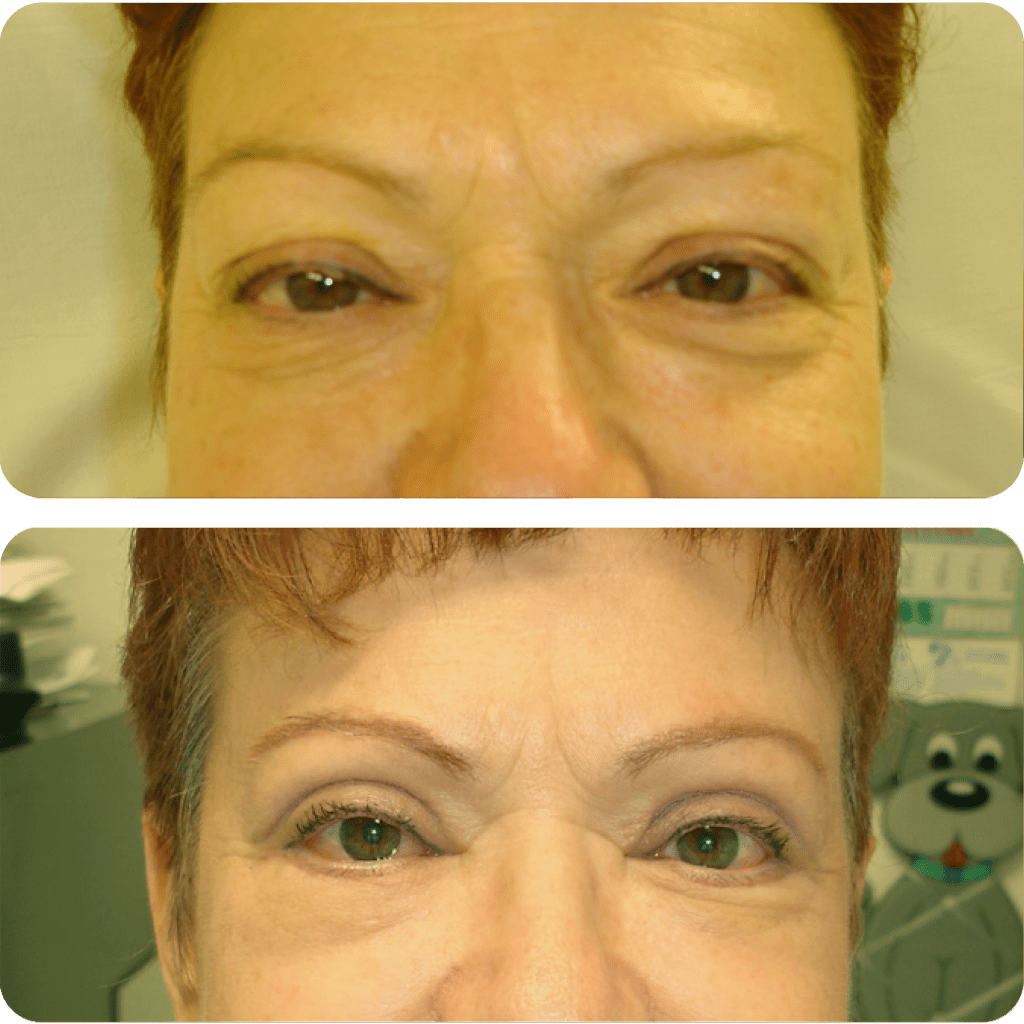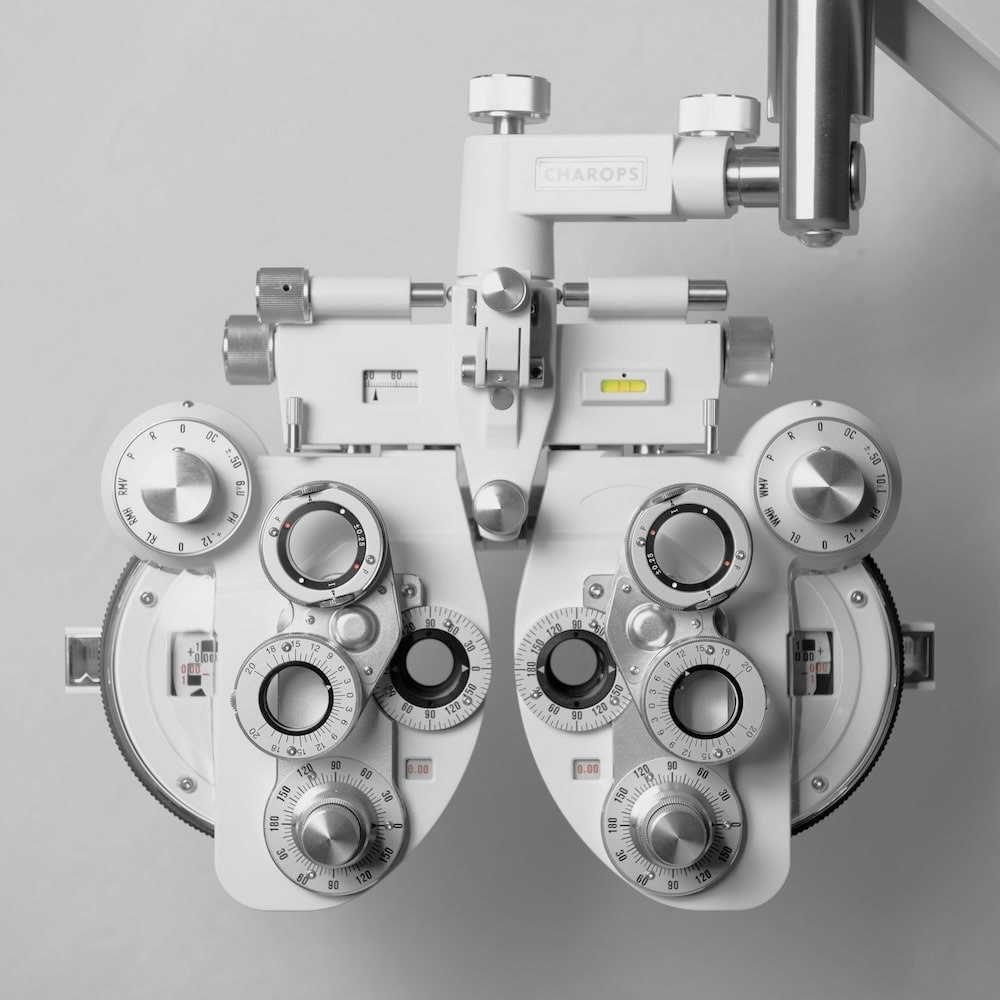
Designed to remove excess skin, fat, and tissue around the upper eyelids, which can sometimes obstruct vision or cause discomfort. Additionally, it can improve peripheral vision by eliminating sagging or puffiness that may affect the field of vision.
Dr. Carlos Montoya, MD, specializes in upper and lower blepharoplasty, using state-of-the-art techniques to rejuvenate the eyes and provide patients with a more rested and youthful appearance.


In cases of ptosis, blepharoplasty tightens the eyelid muscle to restore normal function and improve vision by lifting the drooping lid. Consequently, this procedure enhances both the appearance and the functional aspects of the eyelid.
For patients seeking cosmetic improvement, blepharoplasty removes excess skin and fat from the eyelids, creating a more youthful and refreshed appearance. As a result, it enhances both the aesthetic and functional qualities of the eyes.
The main cause of drooping eyelids is aging, but other factors can contribute to this condition.
Loss of skin elasticity and weakened muscles.
Predisposition to excess skin or fat around the eyes.
Smoking accelerates the aging process by breaking down collagen and elastin.
Loss of collagen and elastin, leading to premature aging.
Pollutants and harsh weather can negatively affect the skin around the eyes.
Over time can contribute to skin laxity and drooping eyelids.

During the consultation, Dr. Montoya will begin with a physical examination to evaluate the eyelids to determine the extent of sagging and recommend an appropriate treatment plan, which may include upper blepharoplasty.
The first step in diagnosis is a comprehensive evaluation of the eyelids to assess sagging and skin excess.
Photographs of the eyelids may be taken to assess the extent of sagging and skin excess to guide treatment planning.
In cases where the eyelid droop is severe, a visual field test may be conducted to determine if the condition is impairing peripheral vision.
Upper blepharoplasty is usually diagnosed through a physical exam and may be confirmed with additional tests like a visual field test if the condition is affecting vision.


It's important to consider the timing for upper blepharoplasty based on the severity of the condition. The procedure can improve vision and appearance, but the extent of sagging or obstruction will determine the ideal time for treatment.
If your vision is impaired by drooping eyelids, you may need to consider having the surgery before resuming activities such as driving.
Scheduling upper blepharoplasty can typically be done on an outpatient basis, with the procedure taking about 1-2 hours. Recovery time is usually short, with most patients able to return to light activities within a few days.
This procedure can address functional problems caused by drooping eyelids, such as impaired vision, making it both an aesthetic and functional solution.
The results from upper blepharoplasty can last for many years, providing patients with long-term benefits in both appearance and vision.
The recovery process for upper blepharoplasty is relatively quick, with minimal downtime. Patients can return to light activities within a few days after surgery.
Ready to see the world more clearly? Call us today or book an appointment online. Our bilingual team is ready to assist you in Spanish or English.
Sign up for our newsletter to find out about our latest news and promotions.